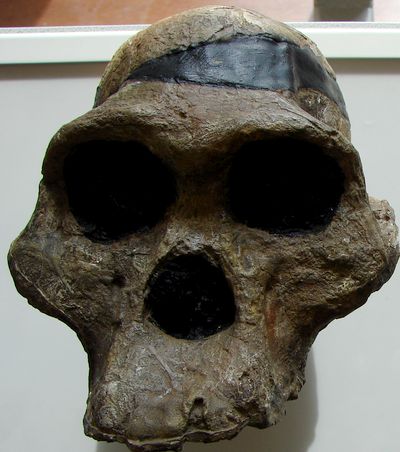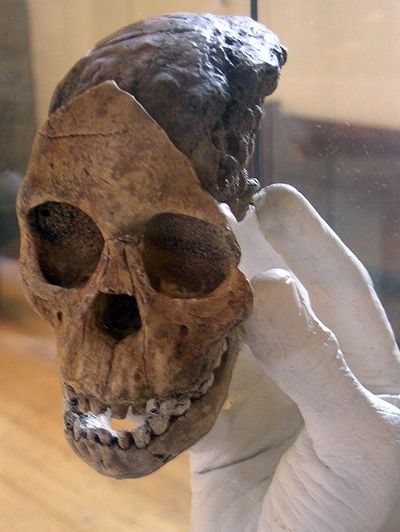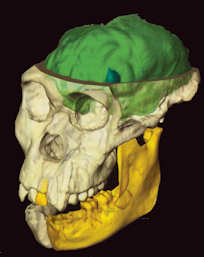
Australopithecus africanus from Sterkfontein
(LA Museum of Natural History)
|
Go to Essential Fossils page. Go to site main Page. Open Fossils Glossary, Charts. |
Content created 20010-10-05, revised 2011-09-24 File last modified: Go back to Au. afarensis. Go ahead to Paranthropus. |


